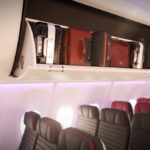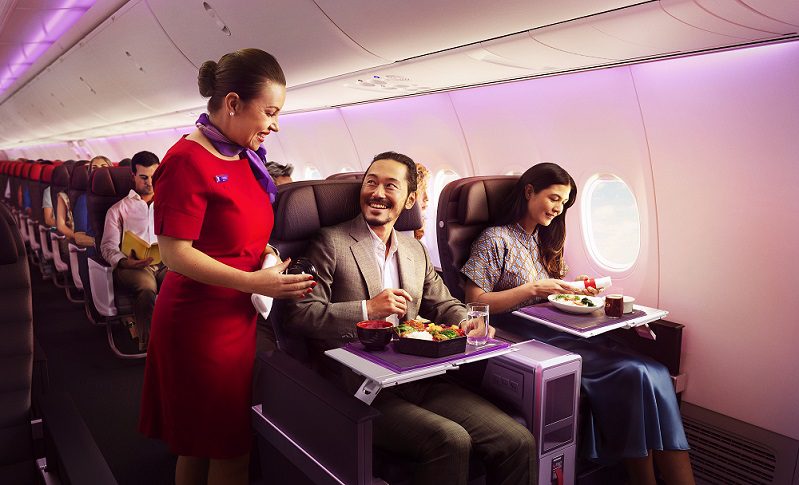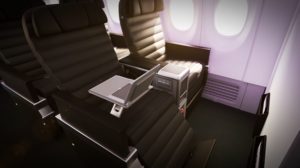 Virgin Australia has raised the bar in the aviation sector with an ambitious and visionary plan for the future of its fleet. The airline recently introduced its first state-of-the-art Boeing 737-8 aircraft, a hallmark of its sustainable fleet renewal program aimed at slashing emissions by a significant 15% per flight. This initiative aligns with the airline’s commitment to net-zero emissions by 2050.
Virgin Australia has raised the bar in the aviation sector with an ambitious and visionary plan for the future of its fleet. The airline recently introduced its first state-of-the-art Boeing 737-8 aircraft, a hallmark of its sustainable fleet renewal program aimed at slashing emissions by a significant 15% per flight. This initiative aligns with the airline’s commitment to net-zero emissions by 2050.
Originating from Virgin Australia’s Brisbane Hangar, the pioneering Boeing 737-8 marks the start of a forward-thinking journey, replacing older aircraft with the latest generation of environmentally-friendly planes. The airline’s resolve to transform its fleet doesn’t stop here – an additional $110 million will be dedicated to upgrading its remaining Boeing 737 fleet, enhancing comfort and services.
The announcement came amid an exciting gathering at the Brisbane Hangar hosted by Virgin Australia CEO Jayne Hrdlicka and Boeing’s President of Australia, New Zealand and South Pacific, Maria Fernandez. The event was attended by over 3,000 Virgin Australia team members and their families eager to glimpse the future of aviation.
The latest Boeing 737-8, straight off the assembly line in Seattle, isn’t merely about emissions reduction. It also introduces new enhancements, focusing on comfort, efficiency, and the passenger experience. Virgin Australia has spared no effort in researching and developing the revamped cabin interior based on a two-year prototype study. The cabin now boasts up to 50% additional overhead locker space, new business class and economy seats, and in-seat power for all passengers. Additionally, in-flight Wi-Fi will be available on most aircraft following the refurbishment.
The upgrades also extend to a wholly reimagined seating configuration. New design cabin dividers between business class and the economy will maximize floor space, resulting in six to twelve additional economy seats. This strategic overhaul also encompasses replacing one Economy X row with standard economy seating on all Boeing 737-800 aircraft.
Virgin Australia’s commitment to transformation and investment is evident in CEO Jayne Hrdlicka’s words: “Today is an important milestone for Virgin Australia as we grow and renew our fleet and continue investing in our onboard guest experience.” The airline anticipates that the fleet renewal program and other fuel efficiency measures will help achieve more than 80% of its 2030 interim target to reduce carbon emissions intensity by 22%.
The enhanced cabin interiors and new features reflect Virgin Australia’s commitment to responding to customer feedback and improving the in-flight experience. As Paul Jones, Virgin Australia Group Chief Customer and Digital Officer, noted, the changes cater to business and leisure travellers, focusing on essential amenities like in-seat power and in-flight Wi-Fi.
The Boeing 737-8 aircraft is just one element of Virgin Australia’s transformation over the past two years. It has seen a recruitment boom, the introduction of 27 new aircraft, and the growth of its Velocity Frequent Flyer program to include millions of new members. The airline recorded the highest number of domestic passengers in its history, transporting nearly 19 million customers over the past 12 months.
With this bold new direction, Virgin Australia isn’t just elevating its own operations – it’s setting a new standard for the entire industry. The Boeing 737-8, set to start flying on Virgin Australia’s new Tokyo route on July 30, 2023, symbolizes a new era of environmentally-conscious, customer-centric aviation that the airline is proud to lead.
Written by: Christine Nguyen





















